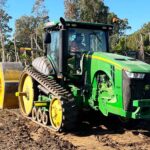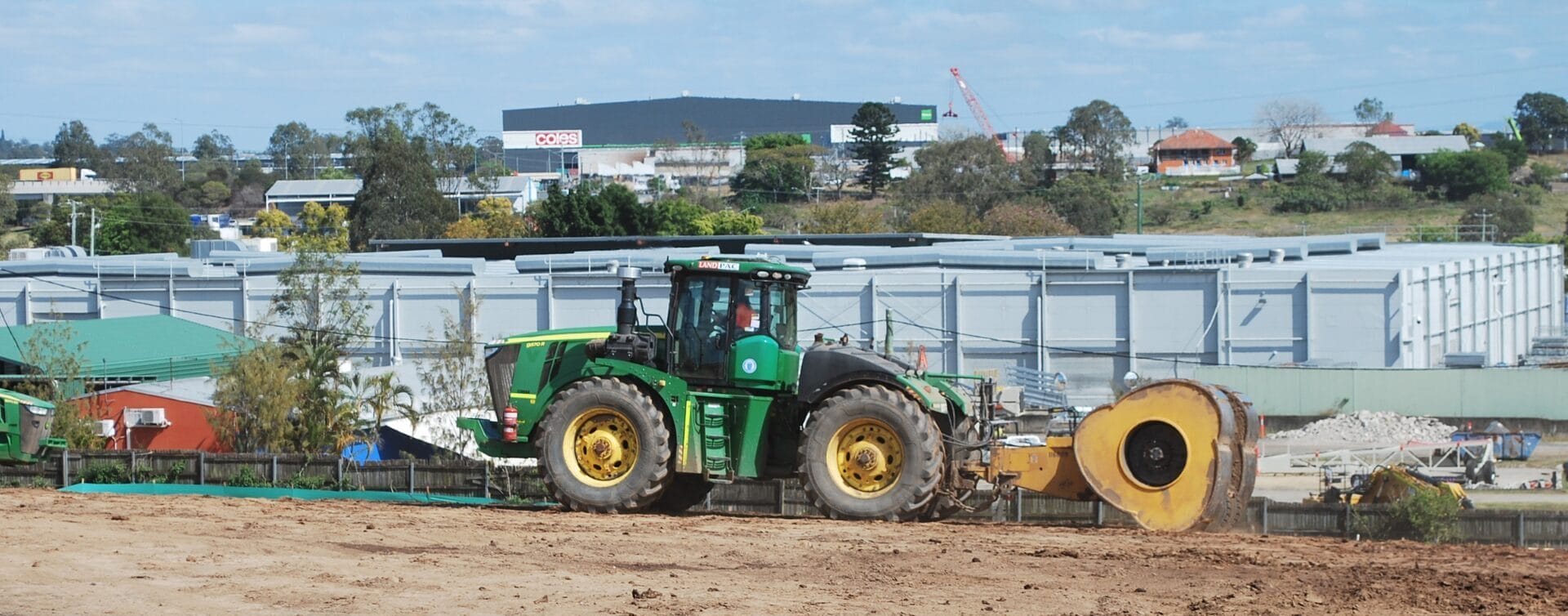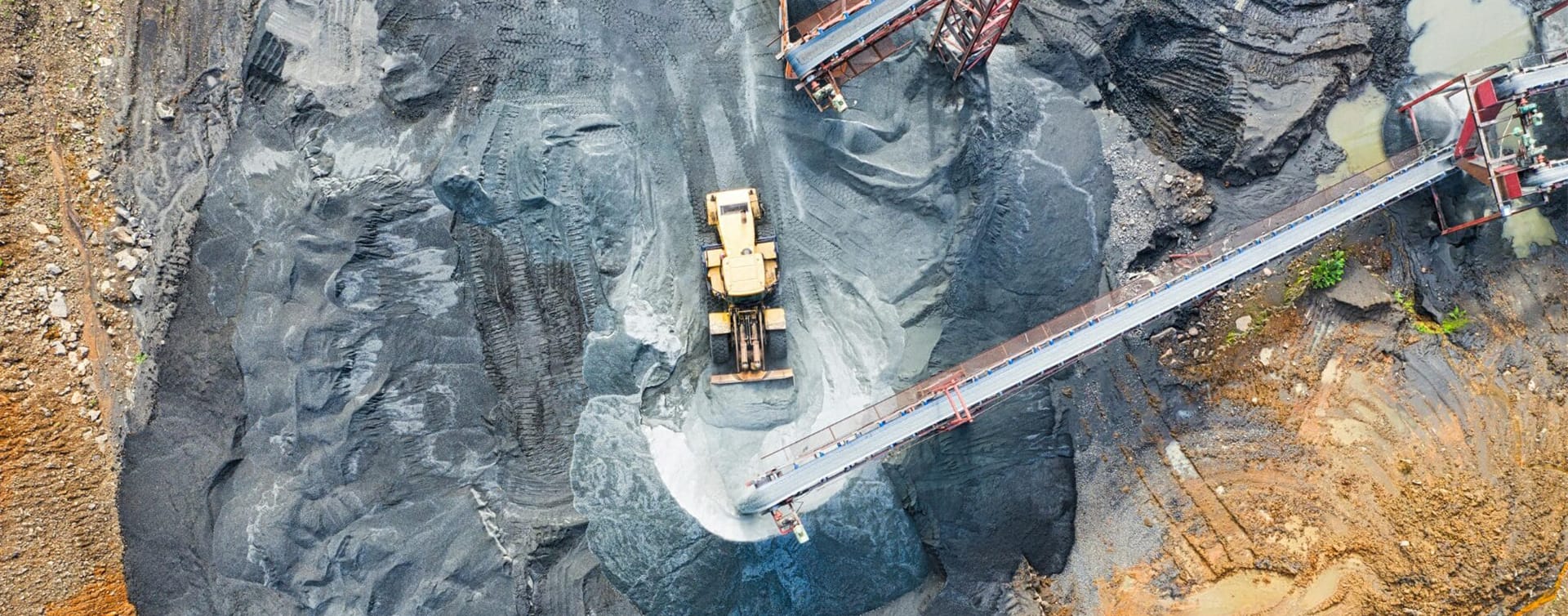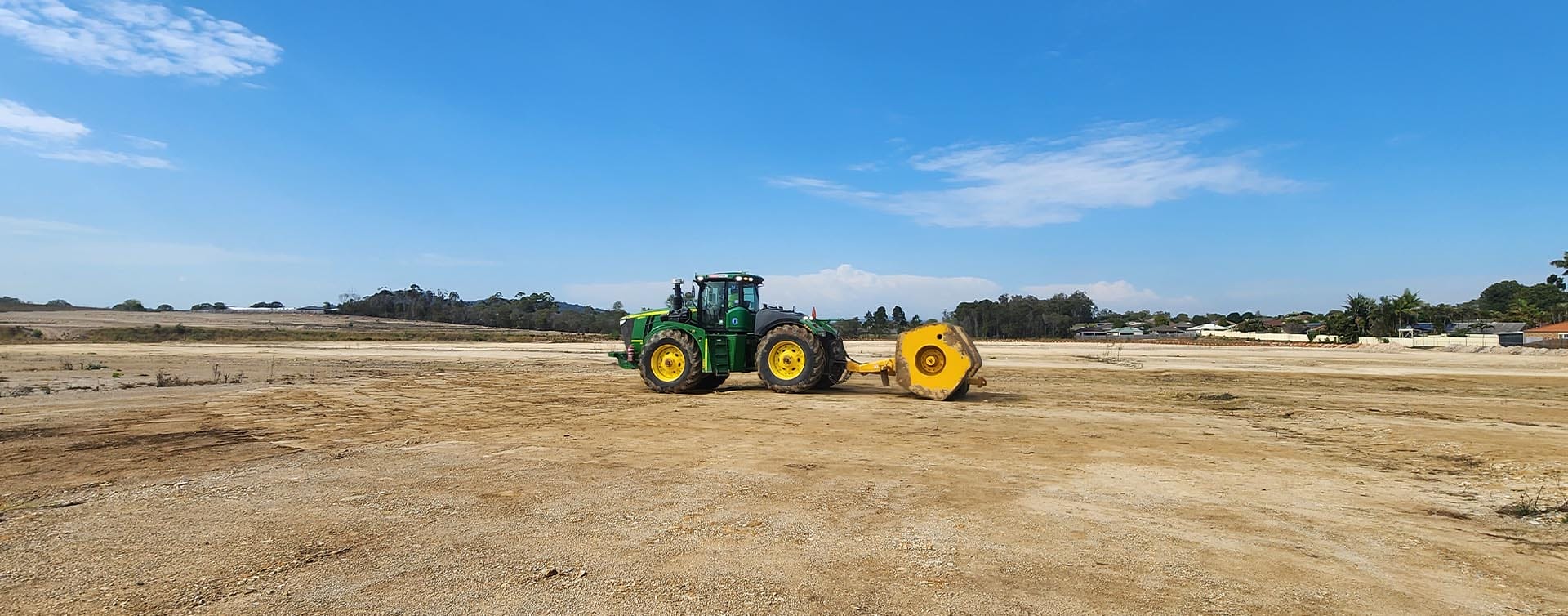Understanding Relative Soil Strength Before and After Deep Compaction
Site Soil Characterisation: Understanding Relative Soil Strength Before and After Deep Compaction
A strong and stable foundation ensures the longevity and safety of any structure. One of the key factors influencing the foundation’s performance is the soil on which it is built. The attributes of the soil can significantly impact the load-bearing capacity, settling behaviour, and overall stability of a structure. This is where site soil characterisation plays a vital role, particularly when deep compaction techniques are employed to enhance the soil’s strength.
The Importance of Site Soil Characterisation
Site soil characterisation is the process of assessing and understanding the physical, mechanical, and chemical properties of the soil at a construction site. This thorough examination allows engineers and construction professionals to make informed decisions regarding the foundation design, construction methods, and necessary soil improvement techniques. It provides crucial insights into the soil’s behaviour under different loads and conditions, helping to prevent potential issues that could arise during or after construction.
Soil attributes can vary widely from site to site, even within relatively small geographical areas. Factors such as the type of soil, its composition, density, moisture content, and strength all influence how the soil will respond to the load imposed by a structure. By understanding these characteristics, engineers can design foundations that distribute the loads efficiently, minimising the risk of differential settling, instability, and other structural problems.





Measurement of Relative Soil Strength
One of the critical aspects of site soil classification is the measurement of relative soil strength. Soil strength refers to the ability of the soil to resist deformation and carry loads without experiencing excessive settlement or failure. The measurement of relative soil strength involves determining how strong the soil is compared to a standard reference, often represented as a percentage.
The relative soil strength measurement is typically carried out through various field and laboratory tests. These tests help engineers and geotechnical experts evaluate the soil’s shear strength, compressibility, and bearing capacity, which are essential factors in determining its load-bearing capabilities.
Deep Compaction Techniques: Enhancing Soil Strength
In scenarios where the site soil’s natural strength is insufficient to support the intended structure, deep compaction techniques come into play. Deep compaction involves mechanically densifying the soil at greater depths, effectively increasing its load-bearing capacity. These techniques are commonly utilised in areas with loose or weak soil that needs to be improved to provide adequate support. Deep compaction techniques include:
- Dynamic Compaction: This technique involves repeatedly dropping heavy weights onto the ground surface to induce vibrations that propagate through the soil layers. These vibrations help to rearrange and compact the soil particles, increasing its density and strength.
- Vibrocompaction: Vibratory probes are inserted into the soil at predetermined depths, and vibrations are applied. This causes the soil particles to settle more tightly, reducing voids and increasing overall soil density.
- Compaction Grouting: Grout, a mixture of cement, water, and sometimes other additives, is injected under pressure into the soil. As the grout flows through the soil, it displaces air and water, compacting the soil and forming columns of grouted material that increase the soil’s strength.
The Role of Site Soil Characterisation in Deep Compaction
Before implementing any deep compaction techniques, thorough site soil characterisation is imperative. Understanding the existing soil properties and conditions helps engineers determine the appropriate compaction method and the depth at which it should be applied. Here’s how site soil characterisation comes into play in the context of deep compaction:
- Identifying Soil Weakness: Site soil characterisation allows engineers to identify areas of weak or loose soil that require improvement. By pinpointing these zones, they can prioritise deep compaction efforts and tailor the techniques to suit specific soil conditions.
- Designing Compaction Plan: Soil characterisation data informs the design of the deep compaction plan. Factors such as soil type, moisture content, and initial density influence the choice of compaction technique, equipment, and compaction parameters.
- Determining Compaction Depth: Soil strength can vary with depth. A comprehensive soil characterisation helps engineers decide how deep the compaction should be carried out to achieve the desired increase in strength and load-bearing capacity.
- Monitoring Effectiveness: Post-compaction soil characterisation is equally important. By measuring soil strength after the compaction process, engineers can assess the effectiveness of the technique and ensure that the desired improvement has been achieved.
Field and Laboratory Tests for Soil Characterisation
Soil characterisation involves a combination of field and laboratory tests to gather comprehensive data about the soil’s properties. Some of the commonly used tests include:
- Dynamic Cone Penetration Tests (DCP): Also known as Standard Penetration Test (SPT), this field test involves driving a standard sampler into the ground using a hammer and recording the number of blows required to penetrate the soil a specific distance. The DCP provides information about the soil’s resistance and consistency.
- Cone Penetration Test (CPT): Similar to a DCP, the CPT involves pushing a cone-shaped penetrometer into the soil and measuring the resistance. It provides continuous data on soil strength at various depths.
- Shear Strength Tests: Laboratory tests such as the direct shear test and triaxial test are used to determine the soil’s shear strength, cohesion, and angle of internal friction. These parameters are crucial for assessing the soil’s stability under different loading conditions.
- Moisture Content and Density Tests: These tests help determine the soil’s water content and density, which are critical factors in understanding its compaction behaviour.
- Atterberg Limits Tests: These tests determine the soil’s plastic and liquid limits, helping to classify the soil and understand its compressibility and potential for shrinkage or swelling.
Case Study: Soil Characterisation and Deep Compaction in Construction
To illustrate the significance of site soil characterisation and deep compaction, let’s consider a hypothetical case study involving the construction of a multi-story commercial building.
Project Overview
A construction company plans to build a 10-story commercial building in an urban area. The site’s soil is primarily composed of loose sandy soil with areas of clay. Given the building’s height and the expected load, the engineers decide that deep compaction is necessary to enhance the soil’s strength and stability.
Soil Characterisation
Before commencing any construction activities, a comprehensive soil characterisation study is conducted. The study involves a combination of field tests, including SPT and CPT, as well as laboratory tests to determine shear strength, moisture content, and density.
The soil characterisation reveals that the sandy soil has low shear strength and high compressibility, while the clay areas exhibit moderate shear strength but are susceptible to swelling. The water table is found to be relatively high in some portions of the site, impacting soil behaviour.
Compaction Plan
Based on the soil characterisation data, the engineers design a compaction plan that involves both dynamic compaction and vibrocompaction techniques. Dynamic compaction is chosen for the sandy areas, as it can help rearrange the loose particles and increase the soil’s density. Vibrocompaction is selected for the clay areas to reduce voids and improve load-bearing capacity.
The compaction plan specifies the depths at which each technique will be applied, with deeper compaction in the sandy soil and shallower compaction in the clay areas. The engineers also design a monitoring system to assess the effectiveness of the compaction process.
Post Compaction Assessment
After the compaction process is completed, post-compaction soil characterisation is conducted. Field tests and laboratory analyses are carried out to measure changes in shear strength, density, and other relevant parameters. The data is compared to the pre-compaction measurements to evaluate the success of the deep compaction techniques.
Results and Observations
The post-compaction soil characterisation indicates a significant improvement in soil strength and density. The sandy areas exhibit higher shear strength values, indicating better load-bearing capacity. The clay areas also show improved stability and reduced compressibility, mitigating the risk of swelling.
The comparison between pre- and post-compaction data confirms that the deep compaction techniques have successfully enhanced the soil’s relative strength, providing a solid foundation for the upcoming construction activities.
Conclusion
Site soil characterisation plays a critical role in construction projects, particularly when deep compaction techniques are employed to enhance the soil’s strength. Understanding the relative soil strength before and after deep compaction is essential for ensuring the stability and safety of structures. By conducting comprehensive soil characterization tests and leveraging the insights gained, engineers can design effective compaction plans, choose appropriate techniques, and monitor the outcomes to achieve a strong and stable foundation for any construction endeavour. Whether it’s a towering skyscraper or a simple residential building, the importance of soil characterization and its role in ensuring structural integrity cannot be overstated.
Latest news

Uncontrolled vs Contaminated Fill | Why It Matters
Understand the difference between uncontrolled and contaminated fill, the risks of each, and how Landpac’s HEIC method delivers safe, stable ground.

High-Energy Impact Compaction in Australian Mining
From haul roads in WA to tailings dams in QLD, High-Energy Impact Compaction (HEIC) is reshaping ground improvement across Australia’s mining operations. Backed by Intelligent Compaction Measurement (ICM), HEIC delivers faster, deeper, and more reliable results, boosting safety, sustainability, and cost-efficiency in some of mining’s toughest conditions.

Understanding High Energy Impact Compaction (HEIC)
High Energy Impact Compaction (HEIC) revolutionises ground improvement with its ability to achieve superior soil density and stability. Unlike traditional methods, HEIC uses advanced rollers and compaction technology to penetrate deeper soil layers.
